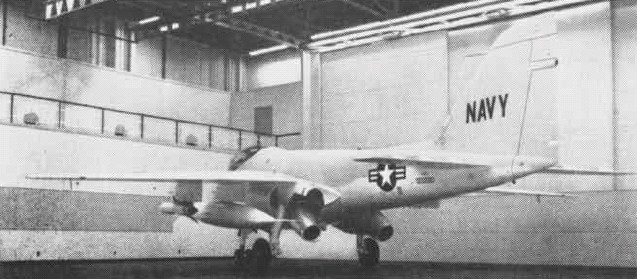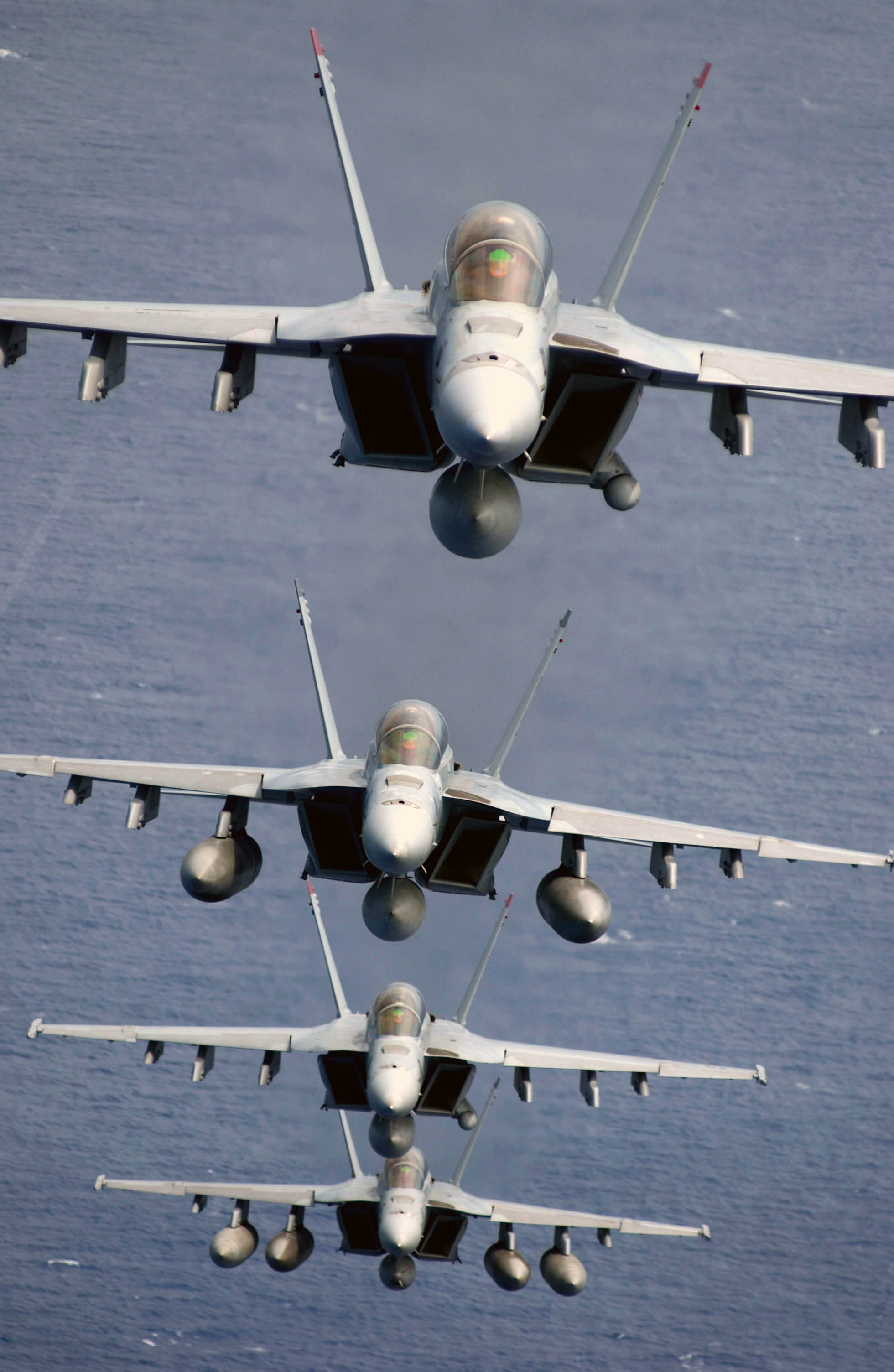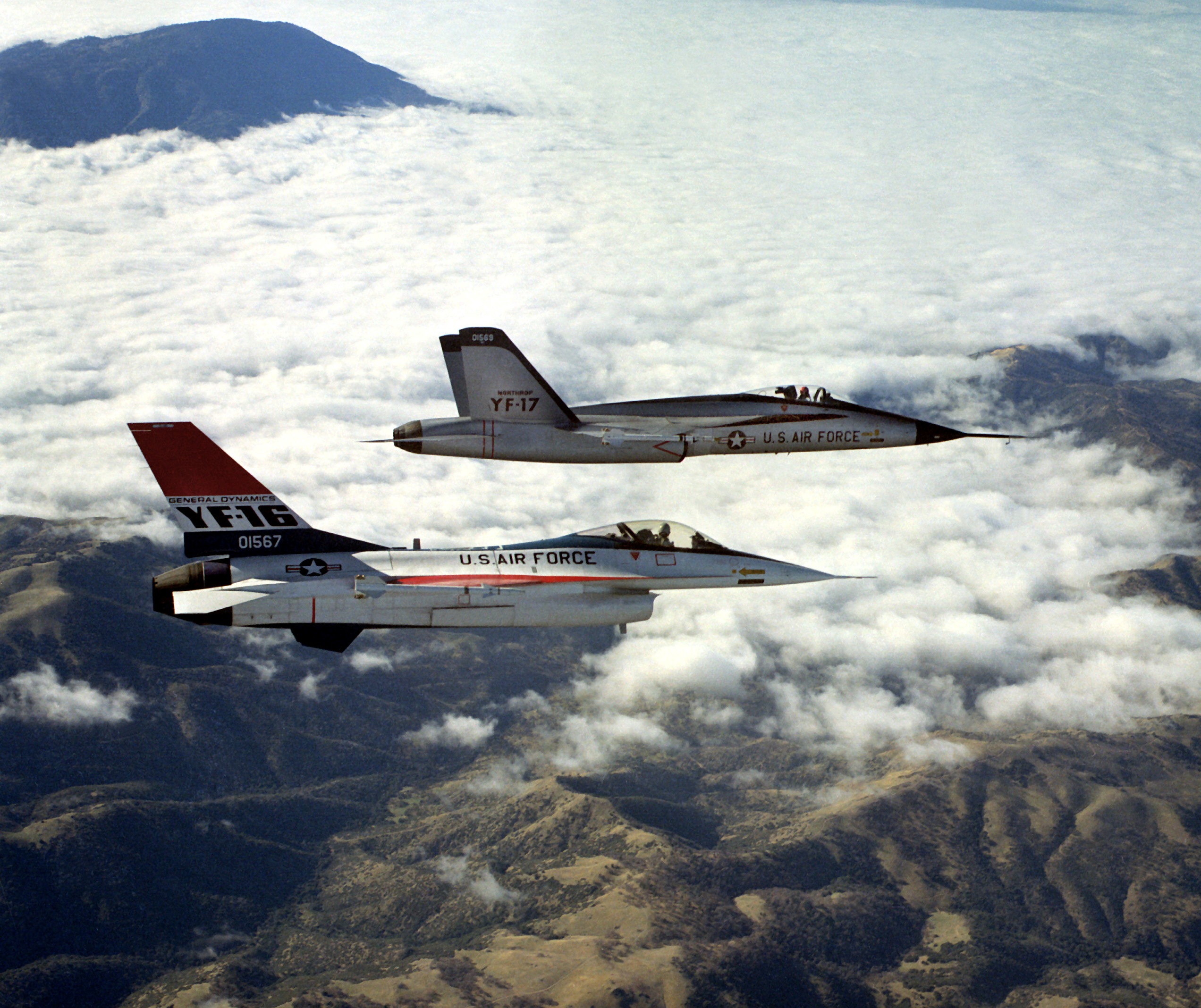|
VFA-34
Strike Fighter Squadron 34 (VFA-34), also known as the "Blue Blasters", is a United States Navy Boeing F/A-18E/F Super Hornet, F/A-18E Super Hornet strike fighter squadron stationed at Naval Air Station Oceana. They are a part of Carrier Air Wing 3 and are attached to the aircraft carrier . Their tail code is AC and their radio call sign is "Joker". Squadron insignia and nickname The squadron's first insignia was approved for use by VA-34 (1943-69), VF-20 during World War II, and was a "Joker (playing card), Joker" breaking out of a deck of cards carrying a machine gun. This insignia was selected by the squadron because the young and inexperienced pilots in the squadron were referred to as the "Jokers". It was approved by Chief of Naval Operations (CNO) on 15 March 1944. The next insignia adopted by the squadron was the outline of a human skull, approved by CNO on 1 February 1946. Superimposed on the nose of a skull was a human skeleton with the arms holding paddles that became t ... [...More Info...] [...Related Items...] OR: [Wikipedia] [Google] [Baidu] |
CVW-3 Emblem
Carrier Air Wing Three (CVW-3), known as the "Battle Axe", is a United States Navy aircraft carrier air wing based at Naval Air Station Oceana, Virginia. The wing was created on 1 July 1938 and has seen service in World War II, the Korean War, the Cuban Missile Crisis, the Vietnam War, Lebanon, against Libya, and the Global War on Terror. Mission "To conduct carrier air warfare operations and assist in the planning, control, coordination and integration of seven air wing squadrons in support of carrier air warfare including; Interception and destruction of enemy aircraft and missiles in all-weather conditions to establish and maintain local air superiority. All-weather offensive air-to-surface attacks, Detection, localization, and destruction of enemy ships and submarines to establish and maintain local sea control. Aerial photographic, sighting, and electronic intelligence for naval and joint operations. Airborne early warning service to fleet forces and shore warning nets. Airb ... [...More Info...] [...Related Items...] OR: [Wikipedia] [Google] [Baidu] |
NAS Oceana
Naval Air Station (NAS) Oceana or NAS Oceana is a United States Navy Naval Air Station located in Virginia Beach, Virginia. The station is located on 23.9 square kilometers. It has total of 250 aircraft deployed and buildings valued at $800 million in plant replacement value. The total Navy community (which includes spouses) numbers around 20,000 people. The base is under the jurisdiction of Navy Region Mid-Atlantic and is the headquarters of Strike Fighter Wing Atlantic and Carrier Air Wings 1, 3, 7 and 8. As home to all East Coast strike fighter jet squadrons, the Naval Air Station is classified as a master jet base. The airfield is known as Apollo Soucek Field, named after Lieutenant (later Admiral) Apollo Soucek, a Navy test pilot who set the global altitude record in 1930 by flying a Curtiss ''"Hawk"'' biplane to an altitude of 43,166 feet. Constructed in 1941, and officially commissioned in 1943, NAS Oceana has been home to carrier-based aircraft since its incep ... [...More Info...] [...Related Items...] OR: [Wikipedia] [Google] [Baidu] |
Carrier Air Wing 3
Carrier Air Wing Three (CVW-3), known as the "Battle Axe", is a United States Navy aircraft carrier air wing based at Naval Air Station Oceana, Virginia. The wing was created on 1 July 1938 and has seen service in World War II, the Korean War, the Cuban Missile Crisis, the Vietnam War, Lebanon, against Libya, and the Global War on Terror. Mission "To conduct carrier air warfare operations and assist in the planning, control, coordination and integration of seven air wing squadrons in support of carrier air warfare including; Interception and destruction of enemy aircraft and missiles in all-weather conditions to establish and maintain local air superiority. All-weather offensive air-to-surface attacks, Detection, localization, and destruction of enemy ships and submarines to establish and maintain local sea control. Aerial photographic, sighting, and electronic intelligence for naval and joint operations. Airborne early warning service to fleet forces and shore warning nets. Airb ... [...More Info...] [...Related Items...] OR: [Wikipedia] [Google] [Baidu] |
Operation El Dorado Canyon
The United States Air Force, Navy, and Marine Corps carried out air strikes, code-named Operation El Dorado Canyon, against Libya on 15 April 1986 in retaliation for the West Berlin discotheque bombing ten days earlier, which U.S. President Ronald Reagan blamed on Libyan leader Muammar Gaddafi. There were 40 reported Libyan casualties; one U.S. plane was shot down. One of the claimed Libyan deaths was of a baby girl, reported to be Gaddafi's daughter, Hana Gaddafi. However, there are doubts both as to whether she was really killed, or even if she truly existed. Origins Libya represented a high priority for President Ronald Reagan shortly after his 1981 inauguration. Libyan leader Muammar Gaddafi was firmly anti-Israel and had supported Resistance organizations in the Palestinian territories and Syria. There were reports that Libya was attempting to become a nuclear power and Gaddafi's occupation of Chad, which was rich in uranium, was of major concern to the United States. ... [...More Info...] [...Related Items...] OR: [Wikipedia] [Google] [Baidu] |
Grumman A-6 Intruder
The Grumman A-6 Intruder is a twinjet all-weather subsonic attack aircraft developed and manufactured by American aircraft company Grumman Aerospace. It was formerly operated by the U.S. Navy and U.S. Marine Corps. The A-6 was designed in response to a 1957 requirement issued by the Bureau of Aeronautics for an all-weather attack aircraft for Navy long-range interdiction missions and with short takeoff and landing (STOL) capability for Marine close air support. It was to replace the piston-engined Douglas A-1 Skyraider. The requirement allowed either single or twin-engined aircraft, as well as either turbojet or turboprop-based engines. The winning proposal from Grumman was powered by a pair of Pratt & Whitney J52 turbojet engines. The A-6 was the first U.S. Navy aircraft to have an integrated airframe and weapons system. Operated by a crew of two in a side-by-side seating configuration, the workload was divided between the pilot and weapons officer (bombardier/navigator ... [...More Info...] [...Related Items...] OR: [Wikipedia] [Google] [Baidu] |
F/A-18E Super Hornet
The Boeing F/A-18E and F/A-18F Super Hornet are a series of American supersonic twin-engine, carrier-capable, multirole fighter aircraft derived from the McDonnell Douglas F/A-18 Hornet. The Super Hornet is in service with the armed forces of the United States, Australia, and Kuwait. The F/A-18E single-seat and F tandem-seat variants are larger and more advanced versions of the F/A-18C and D Hornet, respectively. A strike fighter capable of air-to-air and air-to-ground/surface missions, the Super Hornet has an internal 20mm M61A2 rotary cannon and can carry air-to-air missiles, air-to-surface missiles, and a variety of other weapons. Additional fuel can be carried in up to five external fuel tanks and the aircraft can be configured as an airborne tanker by adding an external air-to-air refueling system. Designed and initially produced by McDonnell Douglas, the Super Hornet first flew in 1995. Low-rate production began in early 1997, reaching full-rate production in Septem ... [...More Info...] [...Related Items...] OR: [Wikipedia] [Google] [Baidu] |
Boeing F/A-18E/F Super Hornet
The Boeing F/A-18E and F/A-18F Super Hornet are a series of American supersonic twinjet, twin-engine, Carrier-based aircraft, carrier-capable, Multirole combat aircraft, multirole fighter aircraft derived from the McDonnell Douglas F/A-18 Hornet. The Super Hornet is in service with the armed forces of the United States, Australia, and Kuwait. The F/A-18E single-seat and F tandem-seat variants are larger and more advanced versions of the F/A-18C and D Hornet, respectively. A strike fighter capable of air-to-air and air-to-ground/surface missions, the Super Hornet has an internal 20mm M61 Vulcan, M61A2 rotary cannon and can carry air-to-air missiles, air-to-surface missiles, and a variety of other weapons. Additional fuel can be carried in up to five external fuel tanks and the aircraft can be configured as an airborne tanker by adding an external Aerial refueling, air-to-air refueling system. Designed and initially produced by McDonnell Douglas, the Super Hornet first flew in ... [...More Info...] [...Related Items...] OR: [Wikipedia] [Google] [Baidu] |
Action In The Gulf Of Sidra (1986)
In the Action in the Gulf of Sidra, codenamed Operation Prairie Fire, the United States Navy deployed aircraft carrier groups in the disputed Gulf of Sidra in the Mediterranean Sea. Libya had claimed that the entire Gulf was their territory, at 32° 30' N, with an exclusive fishing zone. Libyan leader Muammar Gaddafi asserted this in 1973, and dubbed it "The Line of Death". The United States claimed its rights to conduct Freedom of Navigation (FON) naval operations in international waters, a standard of territorial waters, territorial limit from a country's shore. This engagement followed the Gulf of Sidra incident (1981), 1981 Gulf of Sidra incident and preceded 1989 air battle near Tobruk, another in 1989. Background Tensions between the United States and Libya heightened after the hijacking of TWA Flight 847 on 14 June 1985, and the Rome and Vienna airport attacks on 27 December that same year. The United States claimed that the Libyan leader was involved in these actions t ... [...More Info...] [...Related Items...] OR: [Wikipedia] [Google] [Baidu] |
McDonnell Douglas F/A-18 Hornet
The McDonnell Douglas F/A-18 Hornet is an all-weather supersonic, twinjet, twin-engine, carrier-based aircraft, carrier-capable, Multirole combat aircraft, multirole combat aircraft, designed as both a Fighter aircraft, fighter and attack aircraft (hence the F/A 1962 United States Tri-Service aircraft designation system, designation). Designed by McDonnell Douglas and Northrop Corporation, Northrop, the F/A-18 was derived from the latter's YF-17 in the 1970s for use by the United States Navy and United States Marine Corps, Marine Corps. The Hornet is also used by the air forces of several other nations, and formerly by the U.S. Navy's Flight Demonstration Squadron, the Blue Angels. The F/A-18 was designed to be a highly versatile aircraft due to its avionics, glass cockpit, cockpit displays, and excellent aerodynamic characteristics, with the ability to carry a wide variety of weapons. The aircraft can perform escort fighter, fighter escort, fleet air defense, suppression of en ... [...More Info...] [...Related Items...] OR: [Wikipedia] [Google] [Baidu] |
VA-34 (1943-69)
VA-34 has the following meanings: * Attack Squadron 34 (U.S. Navy) * State Route 34 (Virginia) {{Letter-NumberCombDisambig ... [...More Info...] [...Related Items...] OR: [Wikipedia] [Google] [Baidu] |






